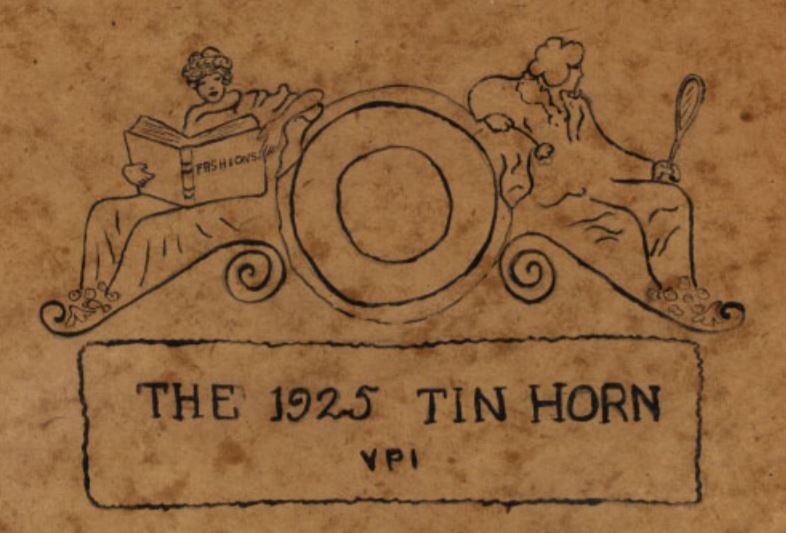
EXHIBIT
FINDING
A WOMAN'S PLACE AT VIRGINIA TECH 1921-2021
CLAIMING A SPACE—EARLY CO-EDS RESPOND TO CHALLENGING SITUATIONS
Second, women were not allowed to walk across the Upper Quad where the cadet barracks were located. Women daring to walk across the quad might be hit with bags of water. However, the school bookstore was located in Barracks 1. Women had to send messengers or even their fathers to buy their books. In addition, female students ate separately from their male counterparts because male dining halls were closed to women.
From this line, it is clear that the early co-eds recognized how they were seen by the male population. They responded to the challenges on campus with both determination and humor.





















